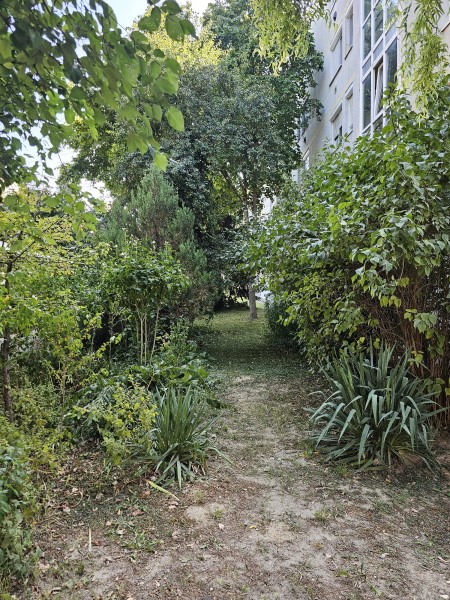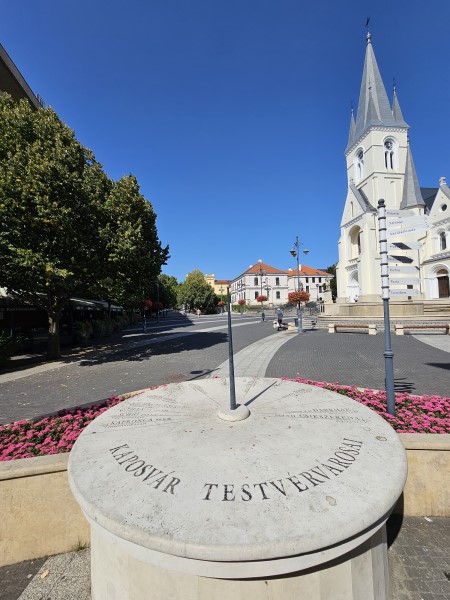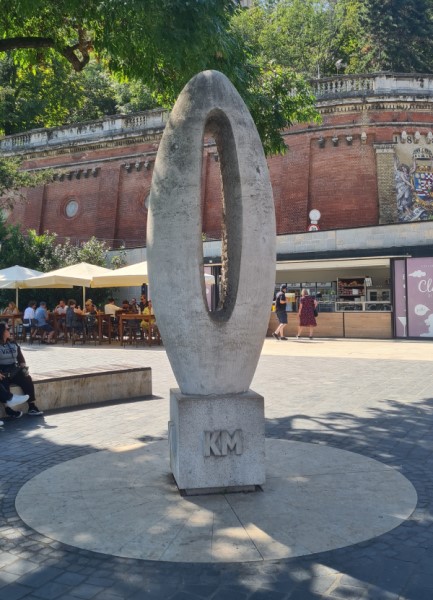Kilometre Zero
Kilometre Zero denotes the place to where distances are measured for certain locations such as a city, a country or even an entire empire!
Finding the Kilometre Zero for your own city, or town is a cheap and easy way to go about exploring. I'll wager you don't know where it is already, so why not go and find out? Read below for some more information on the concept and history of Kilometre Zero markers, and links to a few of the Km 0 locations that I've visited.
Zero Mile Markers
Kilometre Zero markers go by different names in different places, such as "Zero Mile Marker", "Point Zero," "Zero Milepost," or sometimes "Control Point". They can take the form of inscribed plaques on walls, or perhaps on the floor in plazas. In other places the Kilometre Zero marker may be something much bigger like a sculpture or obelisk.
These markers have been, and continue to be, used to measure distances within cities and across countries, typically starting from the capital. They provide a convenient starting point for setting trip odometers in vehicles and help establish mile (or kilometre) markings for national highway systems. In many cases, when you see a road sign specifying the distance to the edge of a city, it's actually indicating the distance to one of these precisely marked positions within the city.
One of the most famous examples of such a Kilometre Zero marker is the Milliarium Aureum, also known as the "Golden Milestone" in the Roman Empire. This monument was erected in 20 BC by the Emperor Caesar Augustus and was considered the literal centre of the Roman Empire. All distances within the empire were measured relative to this monument, and it played a significant role in the saying, "all roads lead to Rome."
While the actual Milliarium Aureum has been lost to history, the concept of marking central geographic positions in major cities has endured for centuries in various countries around the world. For example, cities like Tokyo in Japan, Sydney in Australia, Moscow in Russia, and Madrid in Spain all have their own versions of these specially constructed markers.
Following the Roman tradition, the Byzantine Empire had its own zero-point monument called the Milion Stone of Constantinople. Fragments of this monument were rediscovered in Istanbul, Turkey, in the 1960s, shedding light on its original structure and purpose. Similarly, the London Stone, dating back to the 1100s and possibly of Roman origin, may have served a similar function in England's capital, although historians still debate its exact purpose.
In more recent times, London has used Charing Cross as a central reference point. This location features a roundabout and a statue that have been used as the starting point for distance measurements and as the city centre in various official capacities. In the 1800s, a location's distance from Charing Cross determined its jurisdiction under the Metropolitan Buildings Office, and even today, London cab driver knowledge is tested based on distances from Charing Cross.
While Charing Cross is relatively understated as London's zero point, many other countries have more prominent and explicit markers. For instance, in Budapest, Hungary, the Kilometre Zero stone used for country-wide measurements is a large, three-metre-tall limestone sculpture shaped like a giant zero, with "KM" inscribed on its pedestal.
Identifying Kilometre Zero
In our Google Maps and GPS-driven era, physical monuments for denoting central locations are less crucial. But the concept of centre points still holds some fascination. For example, go to Google Maps and search for your own town or city. Where is the marker placed?
The process of identifying a town or city's centre can be quite challenging. It involves deciding what to include in the calculations, and factors like islands and changing tides can affect the result. Do you include the industrial estate on the edge of town? And what about cities that have absorbed smaller towns; should they be included or excluded.
In the case of San Francisco, the point identified by surveyors ended up 'conveniently' situated in a neighbourhood sidewalk, although the actual centre, as determined by advanced technology and satellites, was in the nearby bushes. Despite this, a brass disc 'kilometre zero' marker was duly embedded in cement at the newly-determined centre, only to be promptly stolen within 24 hours.
Given the San Francisco example, it is, perhaps, better if somebody or some group simply decides or dictates where the Kilometre Zero should lie. Here's an example from a small town called Kaposvár in Hungary. The GPS/Satellite centre of town lies in a nondescript rectangle of grass in a not-aesthetic part of town.

But the Town's elders have erected a Kilometre Zero plinth, showing distances to different cities in the World, in their picturesque town centre by the Town Hall and Cathedral.

Kilometre Zero Markers that I've visited
Visitng Kilometre Zero markers has become something of a side quest that I've undertaken when on an expedition to a Country or Continent's Pole of Inaccessibility, or some other adventure. Here's a few that I've visited so far...

